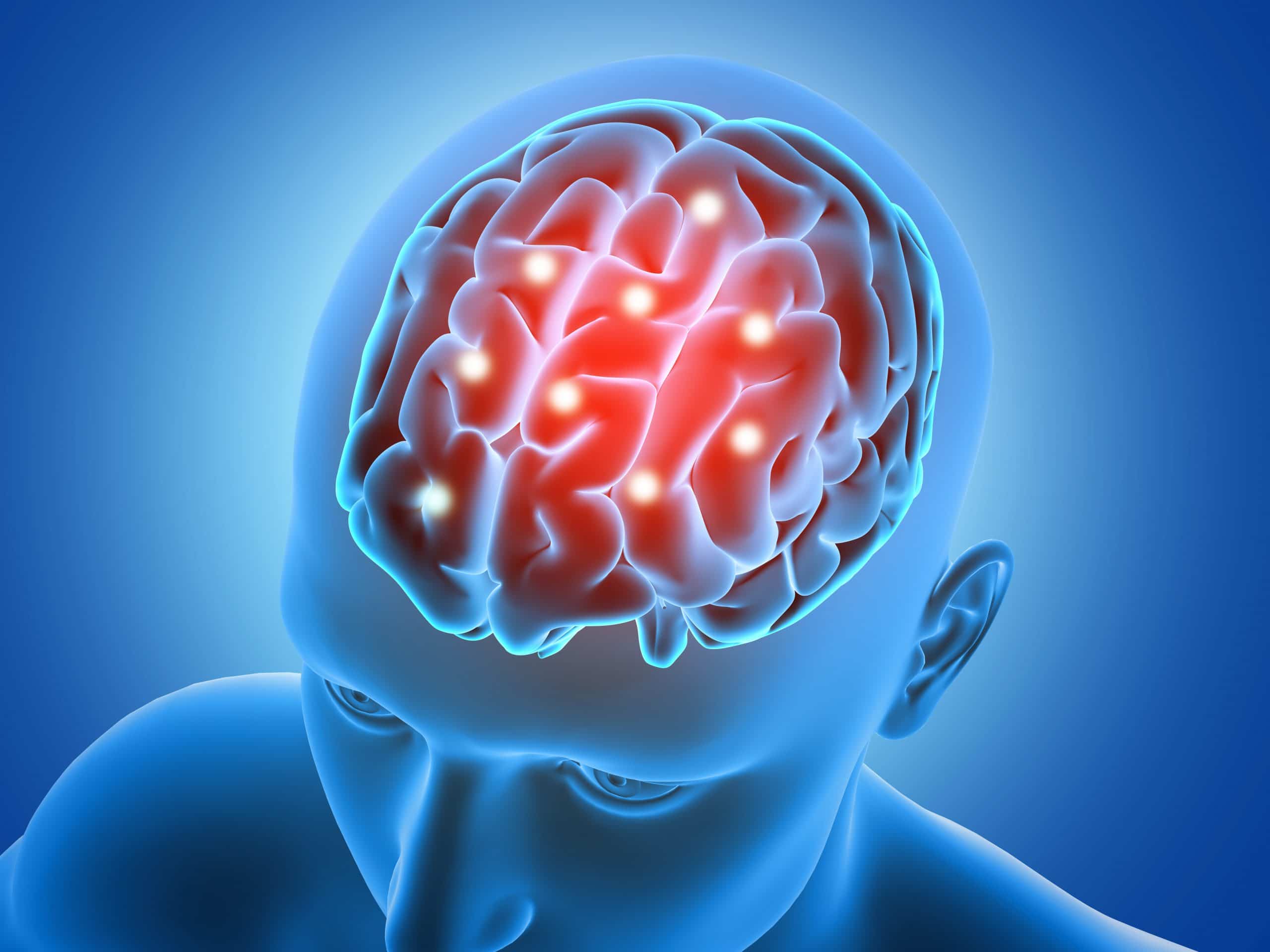The new study published on May 5 in the journal Nature Neuroscience found a neuron subtype which appears to be particularly vulnerable to the debilitating disease with no known cure.
Parkinson’s is the second most common neurodegenerative disorder, estimated to affect approximately 10 million people worldwide.
It has long been known that symptoms are primarily related to a lack of neurotransmitters (dopamine) because of the degeneration of dopamine producing neurons within the substantia nigra of the brain.
Meaning, the mid brain cells of people with Parkinson’s disease do not effectively produce and distribute dopamine to the right areas of the brain, causing the symptoms of Parkinson’s.
“We didn’t understand what was different about those cells that die, versus the very similar cells nearby that also make dopamine but don’t seem to be as vulnerable to Parkinson’s disease,” said senior author Evan Macosko, a psychiatrist and neuroscientist a Massachusetts General Hospital in Boston and the Broad Institute of Harvard and MIT.
He and his colleagues made the finding by studying how more than 20,000 cells carried out DNA instructions, discovering ten distinct subtypes of dopamine neurons with one of them strongly raising the risk of the disease.

These cells are a very small subset with only about 100,000 of them in a healthy adult brain, Macosko said “it was like looking for a needle in a haystack.”
There are medicines for Parkinson’s that boost dopamine in various ways, but their effects tend to diminish over time with better medicines needed to better treat the disease.
This new-found knowledge could help in developing better screening tools or improvements in treatments, including cell replacement therapy.
“There’s a lot of efforts to undertake cell replacement therapies for Parkinson’s disease, where we try to grow neurons in a dish and then transplant them into patients who are suffering from this illness,” Macosko said.
The researchers want to study more brains and more parts of the brain going forward, encouraged by this discovery coming from a study involving only a small number.
“We were able to get some pretty interesting insights with a relatively small number of people,” Macosko said.
“When we get to larger numbers of people with other kinds of diseases, I think we’re going to learn a lot.”






